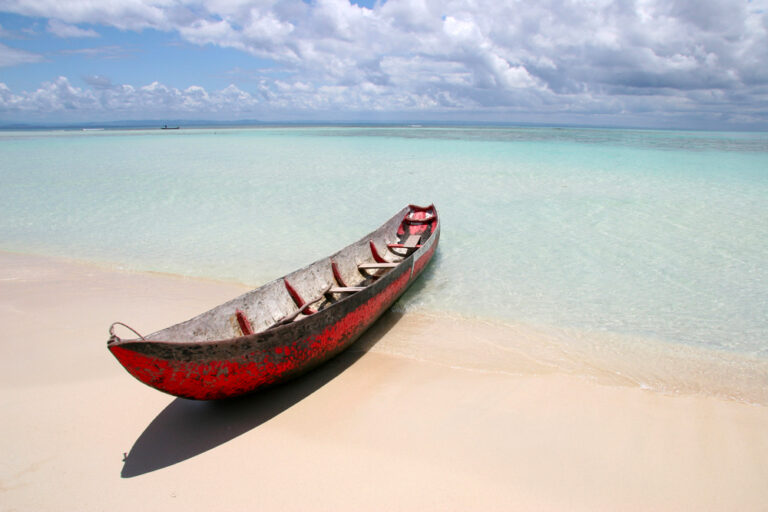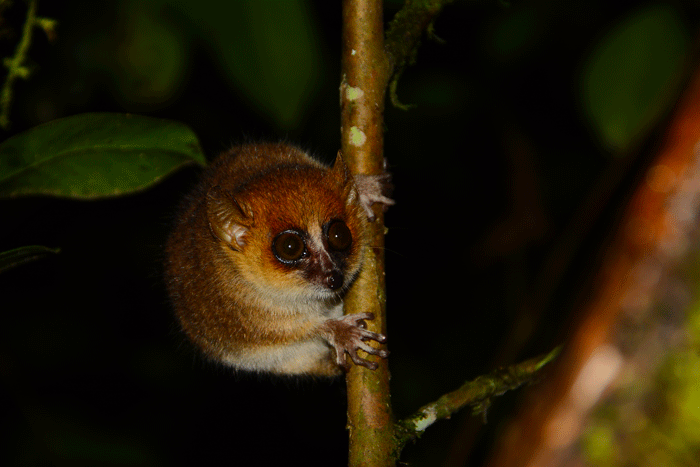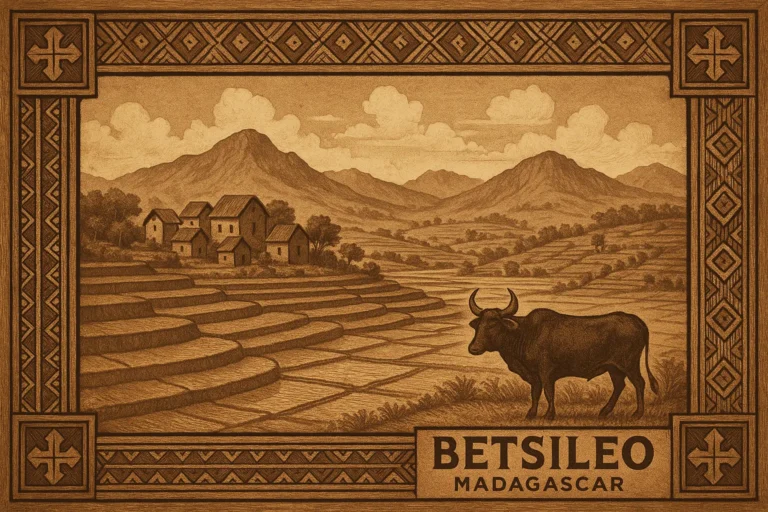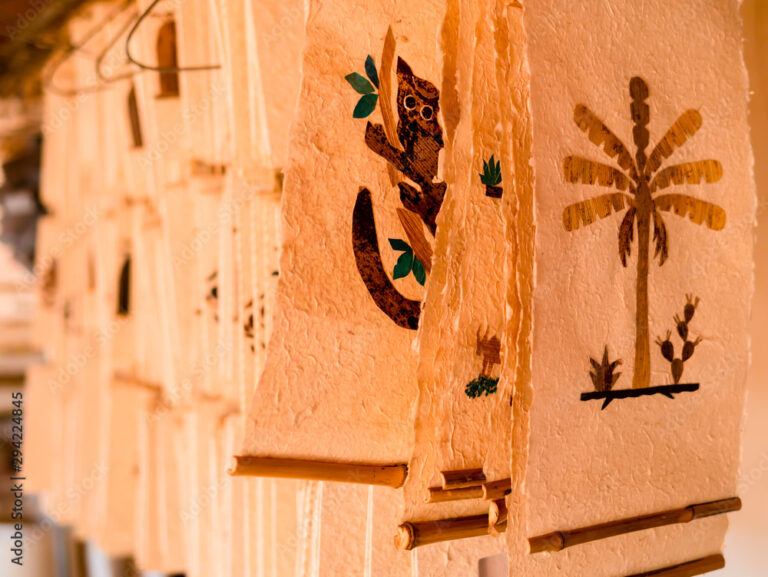Lavanono, a Fishermen’s Village at the Edge of the World

Located in the far southwest of Madagascar, about twenty kilometers from Cape Sainte-Marie, Lavanono is a small coastal village with around 2,000 inhabitants. Remote and accessible only by a long sandy track—about 180 kilometers from Itampolo, or 7 to 8 hours by vehicle during the dry season—this secluded village in the Androy region, province of Beloha, captivates visitors with its authenticity. Life here remains untouched, far from tourist crowds. Yet, this quiet place draws water sports enthusiasts: windsurfers and kitesurfers even come from Réunion Island to ride the stunning waves along this stretch of coastline. The journey may be challenging, but the reward is well worth the effort.









